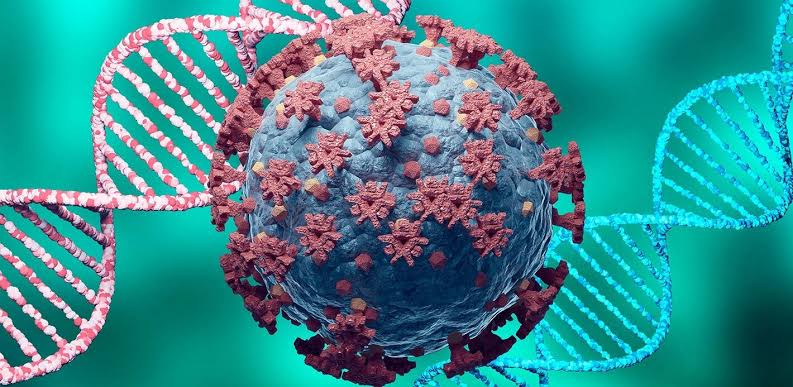Unraveling Immunity: The Secrets of COVID-19 Dodgers

Those who’ve managed to avoid COVID-19 for over four years might have a newly discovered immune response to thank. A recent study, published in Nature on June 19, reveals that participants with heightened activity of a lesser-known immunity gene, HLA-DQA2, did not develop a sustained infection after being intentionally exposed to the coronavirus. This research offers unprecedented insights into the immune system’s response to the virus and sheds light on why some individuals fall ill while others remain unscathed.
The study is based on a challenge trial conducted at the peak of the pandemic in 2021. Scientists in the United Kingdom exposed 36 young, healthy, unvaccinated volunteers who had never contracted COVID-19 to the virus through their noses. Although the initial aim was to determine the viral load necessary to trigger an infection, 16 participants underwent more extensive testing. Researchers meticulously tracked the activities of various immunological components in the blood and nasal lining before and after exposure, providing a detailed view of the immune response timeline.
However, an unexpected challenge arose: only six out of the 16 participants became sick. “Initially, we were very bummed, like, we’re wasting all these experiments on people that we didn’t actually infect,” said Rik Lindeboom, a biologist at the Netherlands Cancer Institute. Nonetheless, this situation turned into a “unique opportunity” to understand how some individuals, despite receiving an infectious dose, managed to fend off the virus.
Challenge trials, which involve deliberately infecting people with a pathogen, are controversial due to ethical concerns. Yet, Jill Hollenbach, an immunogeneticist at the University of California, San Francisco, who was not involved in the study, emphasizes their value: “It’s so rare that we get to see a snapshot of what’s actually happening in early infection,” she says. These trials allow researchers to monitor individuals from the moment they encounter the pathogen.
Participants who did not fall ill in Lindeboom’s trial fell into two categories. Seven individuals never tested positive for the virus, while three experienced transient infections in their noses that were quickly eradicated by their immune systems. In the former group, researchers observed widespread but subtle changes in immune cells called monocytes and MAIT cells. Those with transient infections exhibited a robust interferon response in their noses within a day of exposure, signaling a viral threat and attracting cells to fight the infection.
Conversely, individuals who fell ill took about five days on average to initiate the same interferon response, allowing the virus time to proliferate. This suggests that rapid, localized immune activity at the infection site may prevent SARS-CoV-2 from gaining a foothold. Surprisingly, sick participants displayed interferon activity in their blood before their noses did. “That’s the exact opposite of what we had hypothesized,” Lindeboom noted.
Among those who did not get sick, elevated activity of the HLA-DQA2 gene was observed in specialized immune cells before exposure, compared to those who developed symptoms. Although the exact function of this gene remains unclear, previous research has linked it to milder COVID-19 outcomes. “We may be able to predict who is susceptible to infection just by looking at their gene signature for this particular gene,” said Akiko Iwasaki, an immunologist at Yale University.
While these findings are promising, much has changed since these trials were conducted in 2021. Today, nearly everyone has some immunity to SARS-CoV-2, either through infection or vaccination. Future studies with larger, more diverse populations could reveal more varied responses.
“For whatever reason, folks who have this different constellation of immune cells present in the [nose] prior to infection may be able to mount an immune response more quickly,” says Hollenbach. “It’s a lucky break for those people.” This study, a fortunate opportunity for researchers, highlights the intricate dance of the immune system and its role in determining our health amidst a pandemic.


